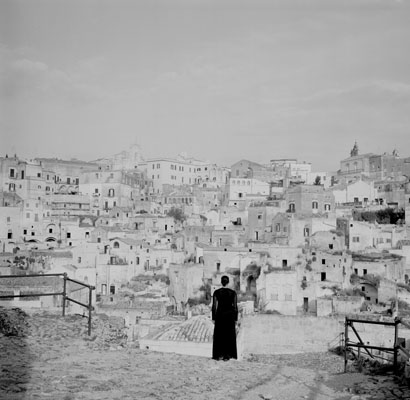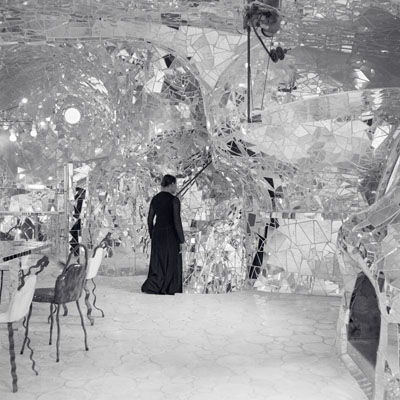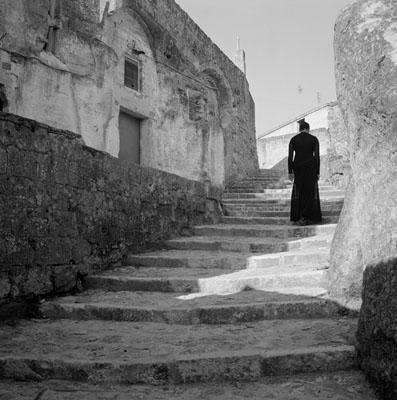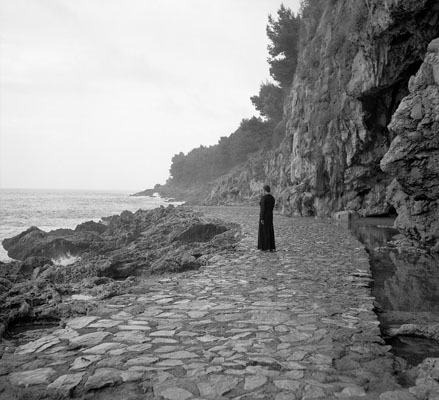Influential: UNCG's Faulk Visiting Artist Carrie Mae Weems
Faulk Visiting Artist Series
UNCG
February 7, 2019
—
Right at the pivot of an L—that angle, just there. Flip it upside down in your mind and place it under the jaw. Lift your chin. Align the pivot with the angle of the throat and just there, right there is a sound. It is whole, it digs itself up from history, expands like a balloon in the mouth, and from its dark helium consonants sing and vowels bow like our consciousness before mountains.
Only black women after 40 have this voice—if you’re lucky. Some wisdom-mixed magic unlocks it and you now have the command of anything.
138 images. Vaginas, color blocks, film stills, buffalo, Spike Lee, movie posters, Mary J. Blige, museums across the world, kitchen table interrogations, a woman in a low bun and a black dress exploring sound stages and TV sets, paintings, photographs, architecture, themes of power, the historical gravity of being the “first black woman to..” or “the only living artist to..” or “only African American to..” showing us images from the cannons and libraries of many artistic disciplines and aligning it with new work.
The topic of conversation? Influence and getting out of the way of ones own work.
I was too captivated to take notes or even to record but what I remember vividly is the impressive mental library she had of other artist’s work—vividly conceptual minds whose practices she collected, referenced and folded into her own—without appropriating, but with a keen respect for communicating expertly and artfully. I remember thinking: I don’t consume as much as I should, read as much as I should, view as much as I should, be weird as often as I should.
What I also remember vividly was Weems speaking on the misfortunes of making work for an audience—which is something one should never do and instead of snipping away at loose threads within a body of work, chasing the threads and exploring them as their own subject. In this exercise, no work is every truly complete.
Before the lecture, I saw her sit down two rows in font of me and thought to point her out to my friends. Instead, I took a moment to observe her. The age in the side of her face, the fuzz of her curls, and then the youthfulness of her ascent to the stage, the tick of her “th”s on the way out of her mouth, the fluidity of her arms to urge her words into power.
I remember thinking, “I want to be her.”
I remember thinking, “I’ve got a lot of work to do and got nine years until I can speak like a mountain.”





